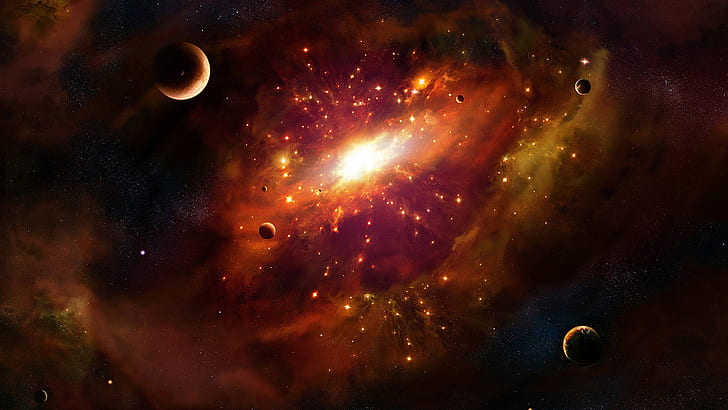Using the latest technology, astronomers have discovered that the stellar explosion that was first observed 350 years ago is much larger and much farther away than previously thought.
The starburst of a star called CK Vulpeculae was first observed by the French monk Anthem Vuittoret in 1670. In the months following its discovery, the event brightened nearly as bright as the North Star.
CK Vulpeculae faded from view after about a year, leading astronomers to believe it was raging, a type of stellar explosion that occurs in systems carrying a sun-like star and a white dwarf.
But a team of international astronomers using Gemini North GNIRS instruments has now deconstructed the theory, providing a fresh look at the explosion.
It was originally observed in the constellation Vulpecula, and astronomers found that the explosion occurred five times away from previous estimates, and led to an eruption of about 25 times more energy than previously estimated.
Even more surprisingly, this placed the 1670 event in a class of the most energetic astronomical phenomena.
These events are too bright to be normal novae but are also too weak to be larger supernovae, which are explosions caused by the death of supermassive stars.
And five years ago, a team of astronomers suggested that CK Vulpeculae appeared in our night sky after two stars collided head-on.
Just three years later, astronomers’ psychologists modified their theory, noting that one of these stars was a red dwarf, as an example of the most numerous stars in the Milky Way.
The new theory of light appeared after the discovery of aluminum isotopes around the explosion.
But the theory was more complicated when a separate team of astronomers suggested in 2018 that a 1670 event resulted from the collision of a brown dwarf and a white dwarf.
Now, scientists have found CK Vulpeculae further away and emitting gases more violently than previous records show, at speeds of nearly seven million kilometers per hour.
The new team was led by astronomers from the United Kingdom and India and the Gemini Observatory in Monnaki, Hawaii. The team obtained infrared observations via CK Vulpeculae and discovered two nebulae, tufts of interstellar gas, near its outer edges.
“The key to our discovery was the GNIRS measurements obtained at the outer edges of the nebula,” said Tom Giball of the Gemini Observatory. “The fingerprint of iron atoms shifted to the red and mixed with the blue color that was discovered there shows that the nebula is expanding much more rapidly than previous observations indicated.” .
“We did not doubt that this was what we would find. It was exciting when we found some gas traveling at an unexpectedly high speed of about 7 million km / hour,” added lead author Deepankar Banerjee of the Physical Research Laboratory in Ahmedabad, India.
He continued, “This alluded to a different story on CK Vulpeculae than was theoretically.”
By calculating the speed at which the nebula has expanded, as well as how much tufts have moved in the past 10 years, the researchers found that CK Vulpeculae were located 10,000 light-years away, or 58,786,254,000,000,000 miles from the sun.
“It is difficult at this stage to provide a definitive or convincing explanation for the origin of the CK Vulpeculae explosion in 1670. Even 350 years after its discovery, the nature of the explosion is still a mystery to us,” said Professor Banerjee.

